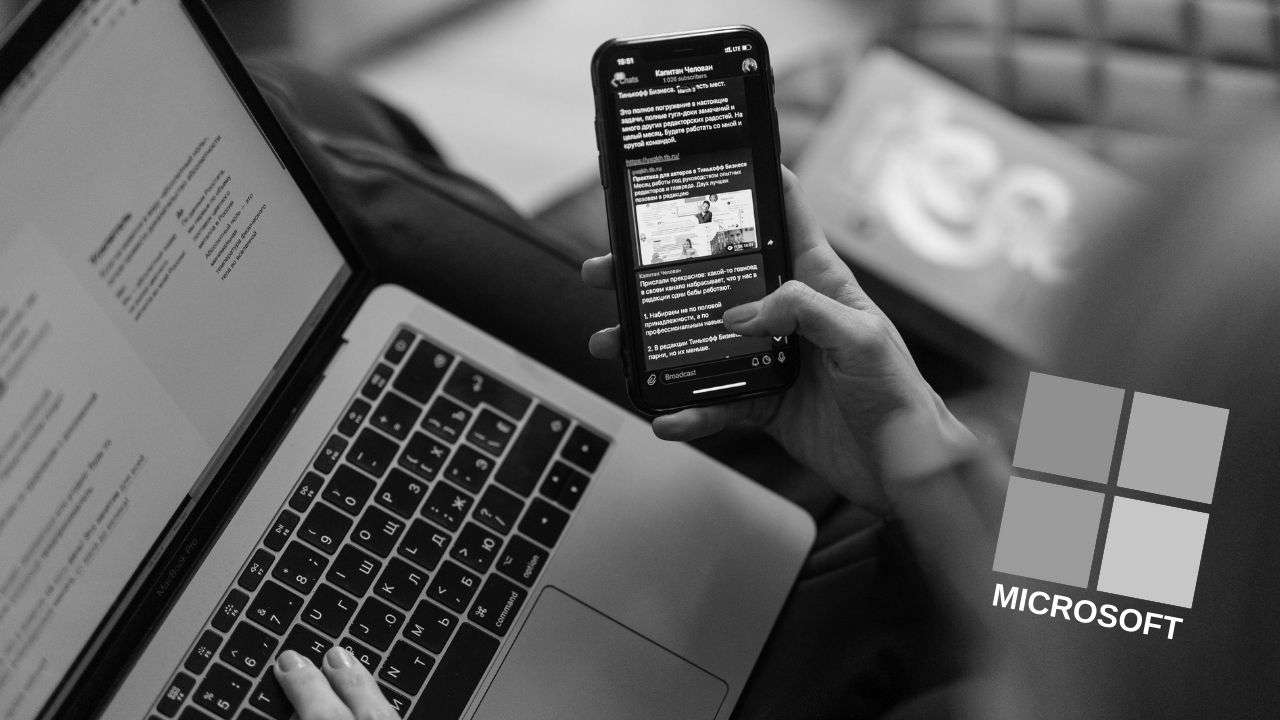Visual AI – A New Era of Possibilities for the Blind
Microsoft has long been at the forefront of developing technology to empower those with disabilities. Continuing this mission, Microsoft recently unveiled a groundbreaking artificial intelligence (AI) tool aimed at helping blind and low-vision users better understand visual concepts.
A breakthrough in accessible technologies
Powered by advanced computer vision capabilities, the new tool can provide detailed audio descriptions of images, graphics, and videos in real-time. For example, when a blind user encounters a picture online, the AI assistant can automatically detect its contents, determine the focal point, and describe the main elements, their positioning, colors, textures, and other visual details – creating a rich verbal illustration of the visuals.
This represents a huge leap over existing assistive technologies that often rely on manual image tagging and metadata, which is time-consuming, inconsistent, and lacks detail. By using Seeing AI to instantly generate contextual descriptions, Microsoft’s tool enables the blind and low vision to fully engage with and benefit from all forms of visual media.
Vastly expanding opportunities
During demonstrations, blind users have successfully harnessed the tool to grasp complex charts and graphs, navigate interfaces, and understand visual concepts from photos that would be impossible to decipher through other accessibility tools. The AI assistant also allows two-way communication, with users able to ask specific clarifying questions about images.
By removing traditional accessibility barriers around visual content, Microsoft’s AI visual assistant can vastly expand professional, educational, and social opportunities for the blind and visually impaired. The tool reflects Microsoft’s aim to drive innovation that genuinely empowers and includes everyone. With further development, it may soon allow the blind to navigate the visual world almost on par with sighted users – representing a true breakthrough for accessibility.
Glimpsing an Equitable Future
The concise yet comprehensive descriptions from Microsoft’s AI assistant provide a very promising glimpse into the future of accessible technologies. With similar innovations, we move closer to an equitable world where disabilities do not limit opportunity or aspiration.
Frequently Asked Questions
How does Microsoft’s AI visual assistant work?
Powered by advanced computer vision, the assistant automatically analyzes images, detects contents and focal points, and generates detailed audio descriptions of the visuals like colors, textures, layouts, and more.
What are the benefits for blind and low-vision users?
It allows them to fully grasp and engage with charts, photos, videos, and interfaces that were previously inaccessible, vastly expanding professional, educational, and social opportunities.
How is it more advanced than previous accessibility tools?
Unlike manual image tagging or metadata, AI instantly generates rich, contextual descriptions on any visuals, removing significant accessibility barriers.
What does this mean for the future of accessible technology?
It represents remarkable progress in empowering the disabled through innovation and provides a glimpse of an equitable world where disabilities do not limit life opportunities



